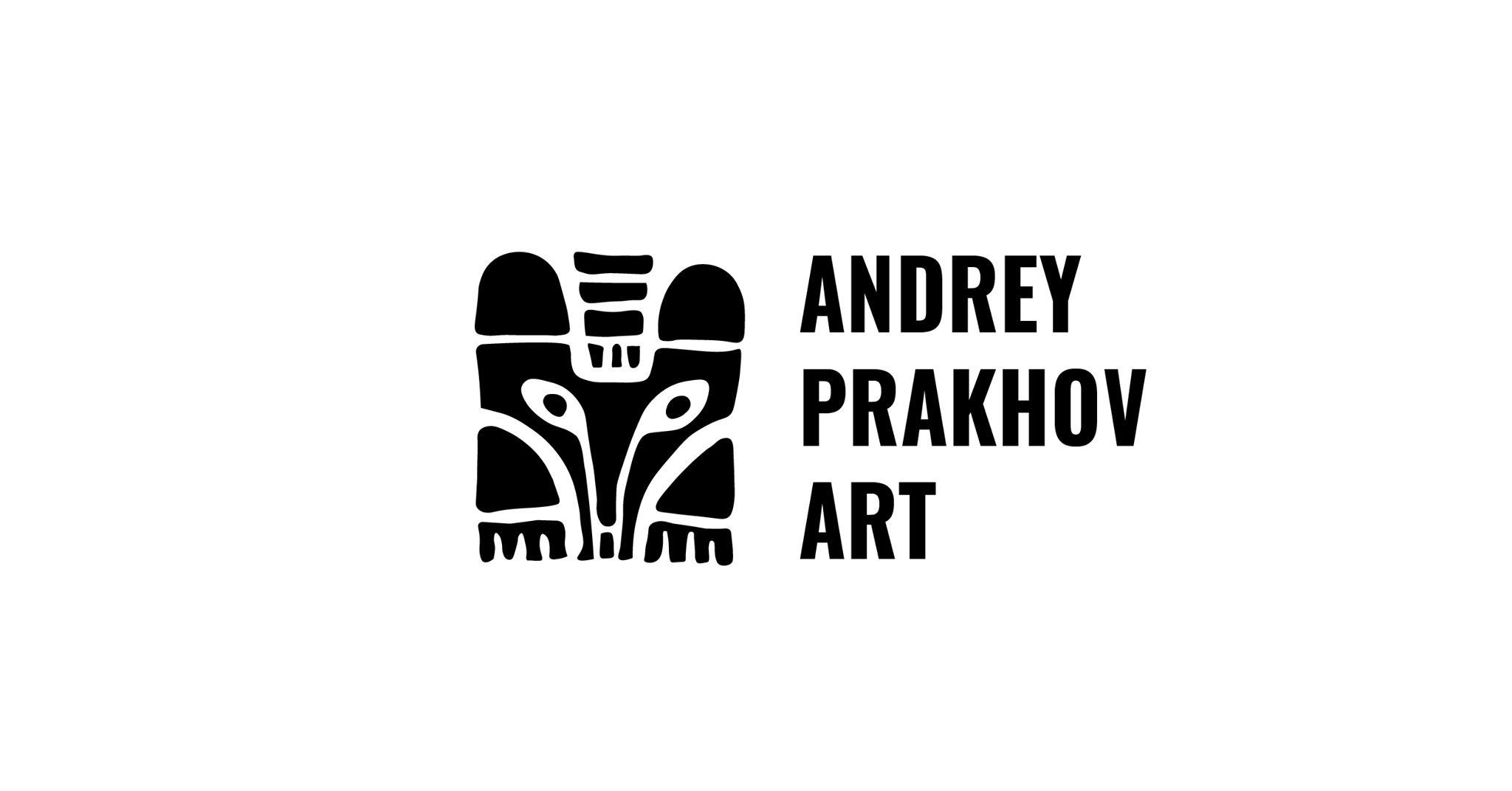TESTIMONIES OF
LOST TIMES
GALLERY
acrylic, mixed media, 2016-2019
The Perm Animal Style and the Kalevala: Exploring Artistic Expressions in Cultural Heritage.
The world of Perm Animal Style is exceptionally diverse, depicted on bronze objects in the form of animals and humans. It portrays life on land and in the sky, the underground world, the past, present, and future, as well as reflections of cosmological beliefs. In terms of artistic quality, the images of Perm Animal Style stand out as a vivid phenomenon in the art of the Middle Ages in the European North-East.
As a result of artistic exploration of Finno-Ugric folklore within this project, unique artworks have emerged that could serve as decorations for the Karelian-Finnish poetic epic, "Kalevala" (whose main material was processed and connected with the plotline by Finnish linguist and physician Elias Lönnrot).
Through literary research, Andrey Prakhov came to the understanding that the Finno-Ugric folklore can be conveyed not only through artistic imagery but also through theater. Beyond its ethnographic significance, "Kalevala" represents a high artistic interest, where one form of art can flow into another. The artistic decorativeness of Andrey Prakhov's works, overlaid onto the plot of the epic "Kalevala," has transformed into a theatrical arrangement. The purpose of this series is not to convey exact states of "Kalevala" but to present a new narrative about the precious heritage of ancestors.
This resonance of artistic expressions has become possible due to the simplicity of the Kalevala's language, the vividness of its imagery, its deep and lively sense of nature, and its elevated lyrical impulse. For many prominent figures in Finnish art, such as composer Jean Sibelius, artist Akseli Gallen-Kallela, and architect Eliel Saarinen, the world of "Kalevala" served as a symbolic source from which they drew inspiration to convey human emotions through various artistic means.
Both "Kalevala" and the Perm Animal Style represent significant milestones in history and treasures of world culture, standing on par with "The Odyssey" and "The Iliad."






© All Right Reserved. Andrey Prakhov Art.
e-mail us: andreyprakhov@gmail.com
